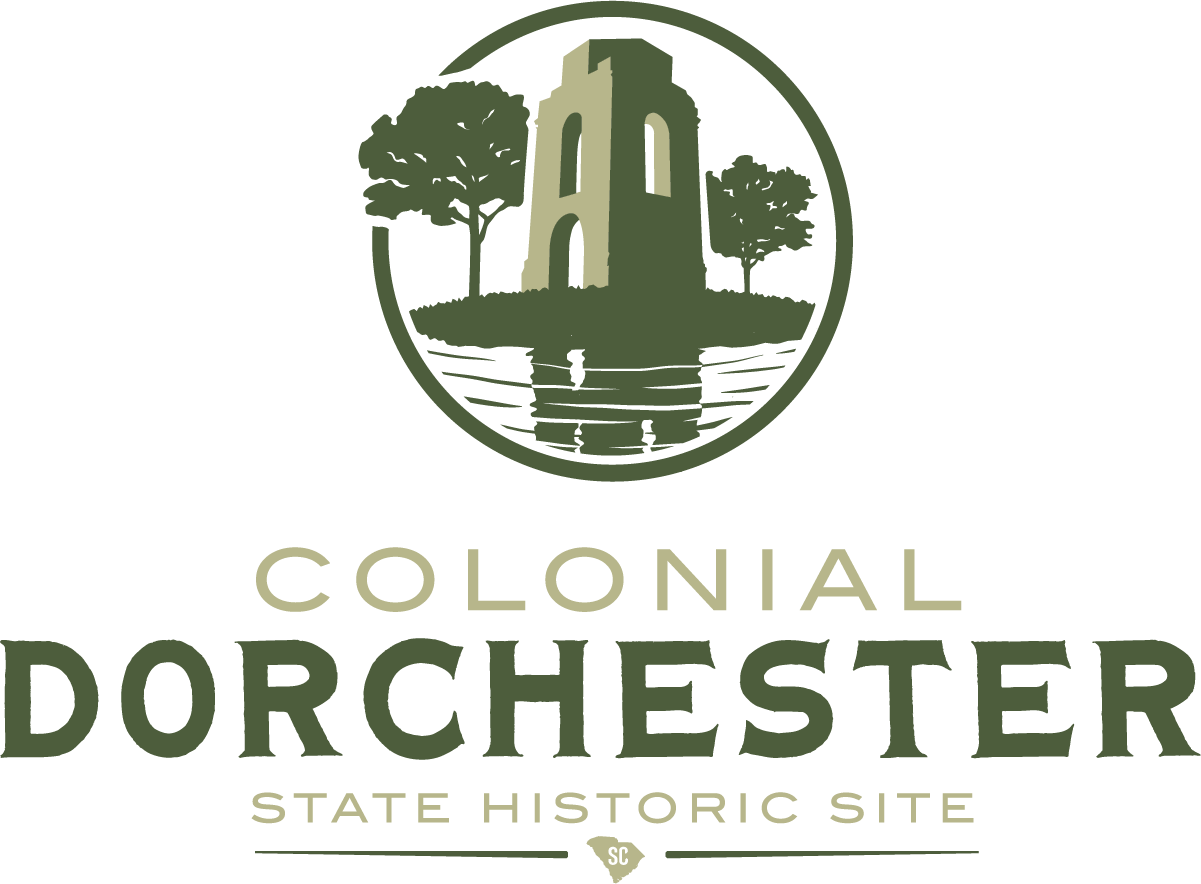HOURS
9am-6pm, daily, during Daylight Saving Time. 9am-5pm, daily, the remainder of the year.
OFFICE
11 a.m. - noon, daily




9am-6pm, daily, during Daylight Saving Time. 9am-5pm, daily, the remainder of the year.
11 a.m. - noon, daily

$3 adults; $1.50 SC seniors; $1 children age 6-15; age 5 & younger free

Pets are allowed in most outdoor areas provided they are kept under physical restraint or on a leash not longer than six feet. Owners will be asked to remove noisy or dangerous pets or pets that threaten or harass wildlife. Pets are not allowed in or around lodging facilities.


Use #SCStateParks and your content could be featured here! You can also upload your photos for us to use across South Carolina State Parks' Marketing by using the Public Uploader and agreeing to the Terms & Conditions.